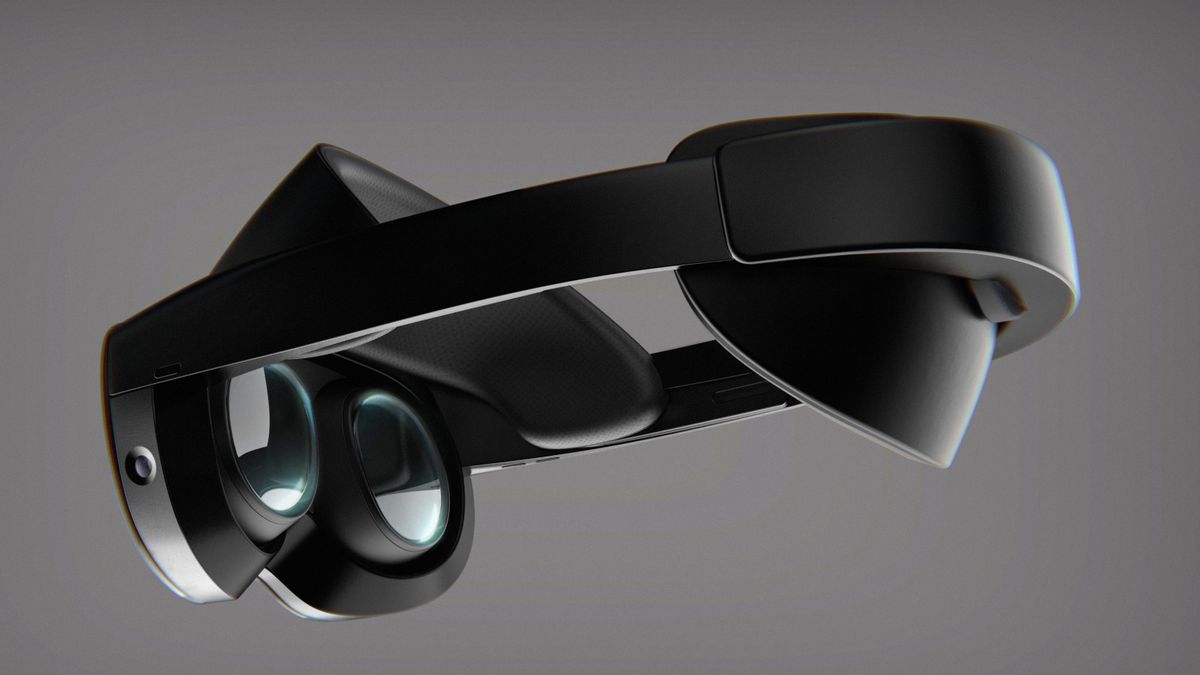The Project Cambria announcement at Facebook Connect 2021 — the momentous livestream that informed the world the social media giant is now Meta (groan) — electrified the VR sphere with awe and wonderment. Meta’s working on a new VR headset, a high-end, fancy one, and we’ve got questions.
What does it look like? What are its specs? When will it be released? Will it have better graphical fidelity? Will the headset be lighter à la Ready Player One? Will we ever get used to Meta’s cringeworthy name change? Inquiring minds want to know!
The possibilities seem endless. However, thanks to a few bean spillers in Meta’s network, we can narrow down our wild guesses to a few well-informed predictions. Here’s everything we know about Project Cambria, the upcoming Meta-developed VR headset.
Project Cambria release date
You may be wondering, “How many smackaroos do I have to save for this headset?” Well, prepare for some sticker shock! Meta CEO Mark Zuckerberg, at Facebook Connect 2021, said Project Cambria will be a “completely new, advanced and high-end product, and it will be at the higher end of the price spectrum.” As such, Project Cambria won’t be as budget-friendly as the Quest 2, which starts at $299.
According to YouTuber Bradley Lynch, an XR hardware analyst who claims to have Meta supply-chain connections, consumers will have to shell out nearly $800 for Project Cambria. This is in line with the $899 HTC Vive Cosmos Elite headset, but it’s not as pricey as the $999 Valve Index.
Project Cambria design
Lynch alleged that he’s “200%” certain he’s secured accurate renders of Project Cambria’s final production model from a supposed credible source in Meta’s supply-chain network.
Looking at these renders, I can’t help but hear Right Said Fred’s “I’m Too Sexy” playing in my mind. Bom chicka wow wow! This onyx head-mounted display looks sleek, lightweight and much closer to the Ready Player One design nirvana VR engineers hope to achieve one day.
Project Cambria looks like a snazzy ski mask, no? You may be wondering, “OK, so what on earth are those three circular holes on the headset’s frontbox?” According to Lynch, they’re cameras. The middle lens, which gives the VR headset a Cyclops-esque vibe, is a 16MP high-definition camera designed to overlay colors and enhance resolution on top of the data the bottom two cameras’ datacollect (e.g., depth perception).
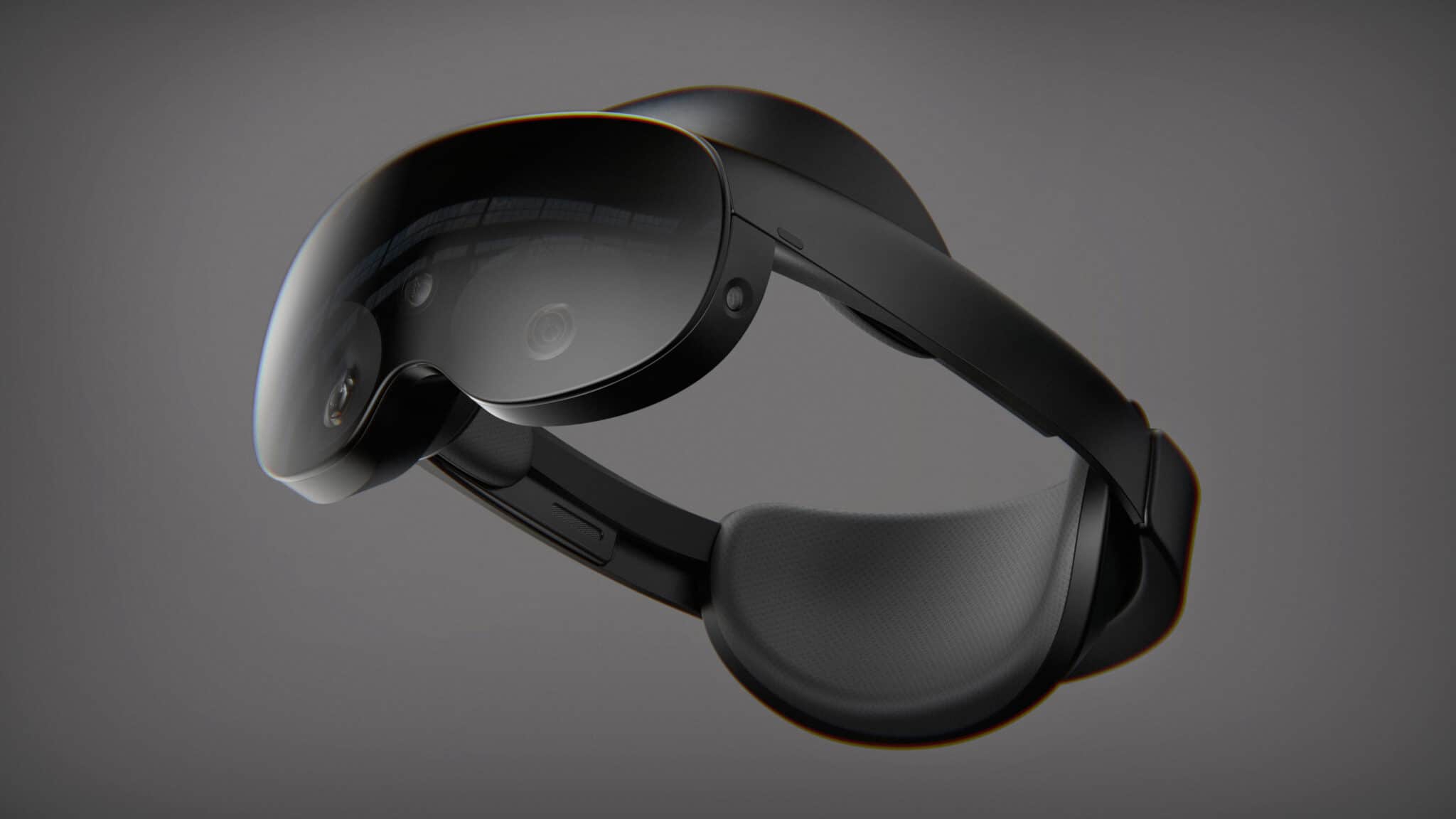
This trio works in harmony to offer a more visually pleasing passthrough experience. For the uninitiated, passthrough is a feature that lets you see your current real-life surroundings without needing to remove your headset. Currently, the Quest 2’s passthrough quality is unattractive; it’s a grainy, grayscale nightmare. Thanks to this odd-looking trio of cameras, Project Cambria’s passthrough should render one’s surroundings with better clarity. This tells me that, in addition to VR, augmented reality (AR) will be one of the core features of this highly anticipated headset.
Zuckerberg hinted that users will have the option to work with multiple screens in VR — as if they have several monitors in front of them — while seeing one’s real desk (sans taking one’s headset off) for a productivity-focused, mixed-reality experience. Another use case for enhanced passthrough is having a virtual fitness trainer in your living room. It’d be like having a hologram in your house while you’re lifting weights!
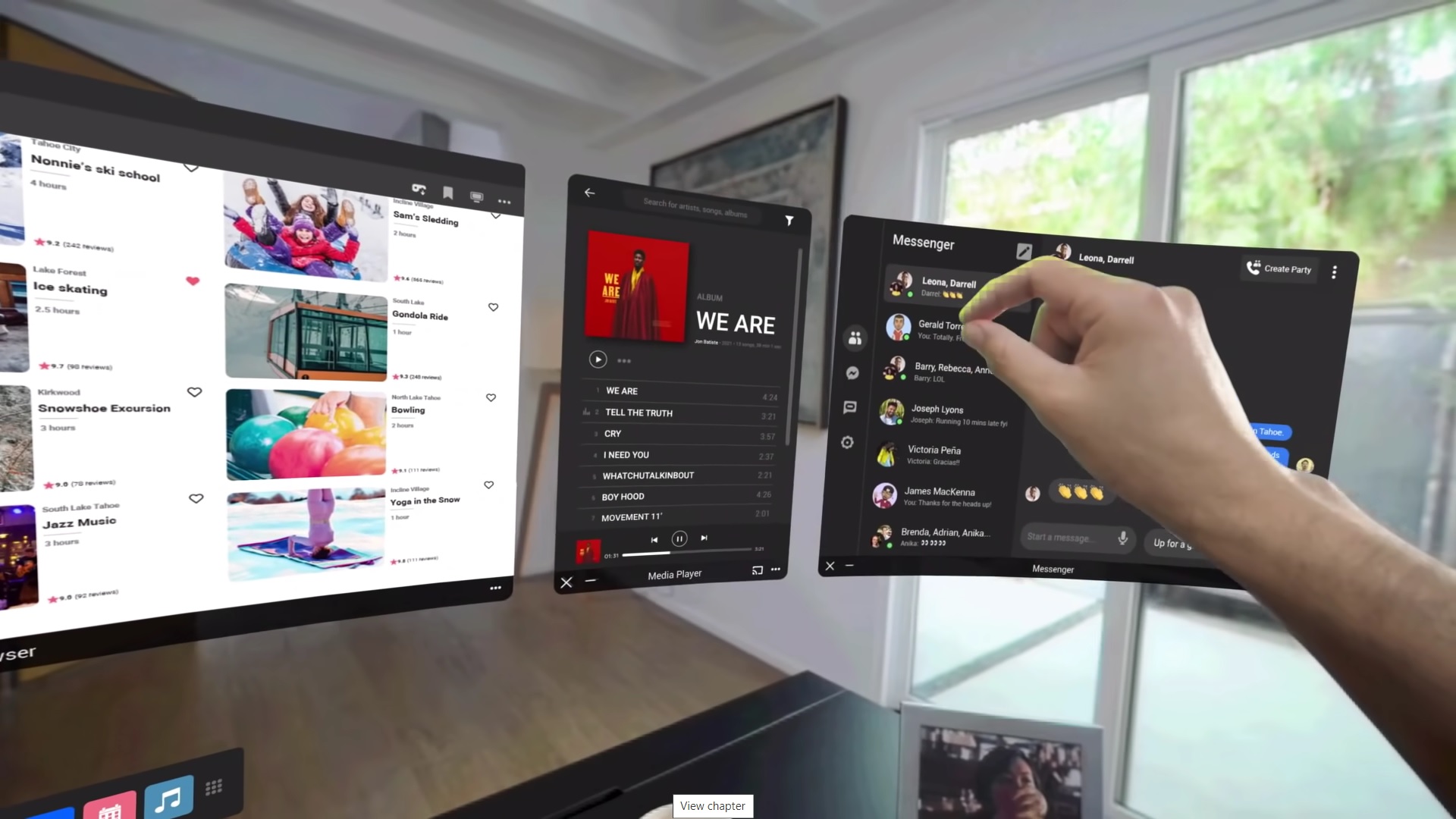
Lynch’s renders also reveal that Cambria has a built-in Elite Strap, an add-on accessory Meta sells for its Quest 2 headset to make the head-mounted display fit more snugly. As a result, the headset doesn’t slip and slide while users dive into high-movement games like Superhot or FitXR. Meta reportedly introduced the same mechanism to the Quest 2 Pro, which is brilliant. Project Cambria should fit users’ faces like a glove.
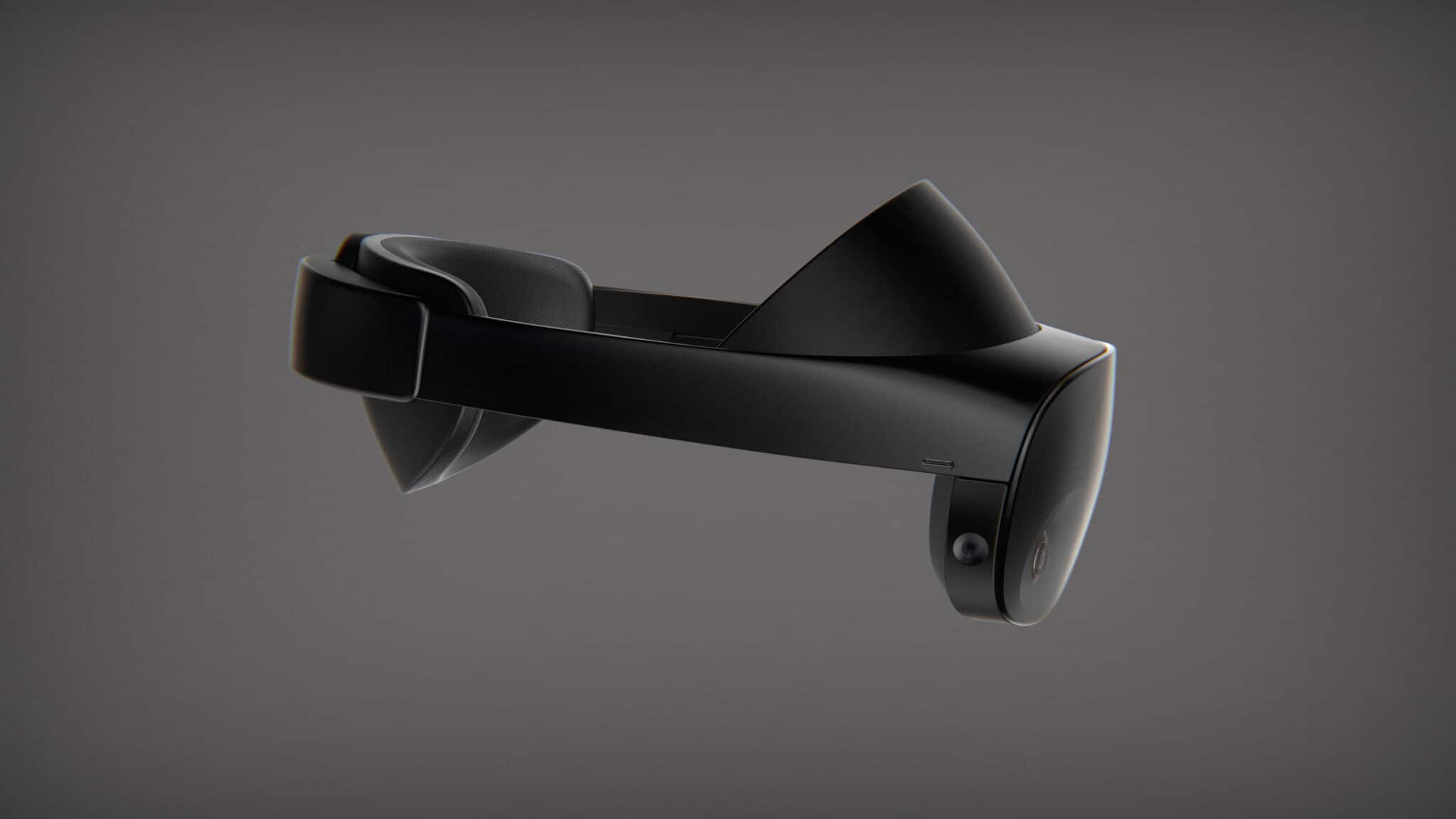
Similar to the Quest 2, there’s a USB-C port on the right side of the headset, allowing users to connect the headset to their PCs and/or transfer data between devices.
According to Lynch, adjusting for IPD on Project Cambria is much more precise. Why? Well, on the Quest 2, one needs to physically grab the lens and pull them closer together (or further apart) to find the ideal IPD setting. However, only three IPD settings are locked in with clicks. An ill-matched IPD setting increases blur and reduces focus. As such, some users may feel that their Quest 2’s IPD adjustment doesn’t quite “hit the mark.”
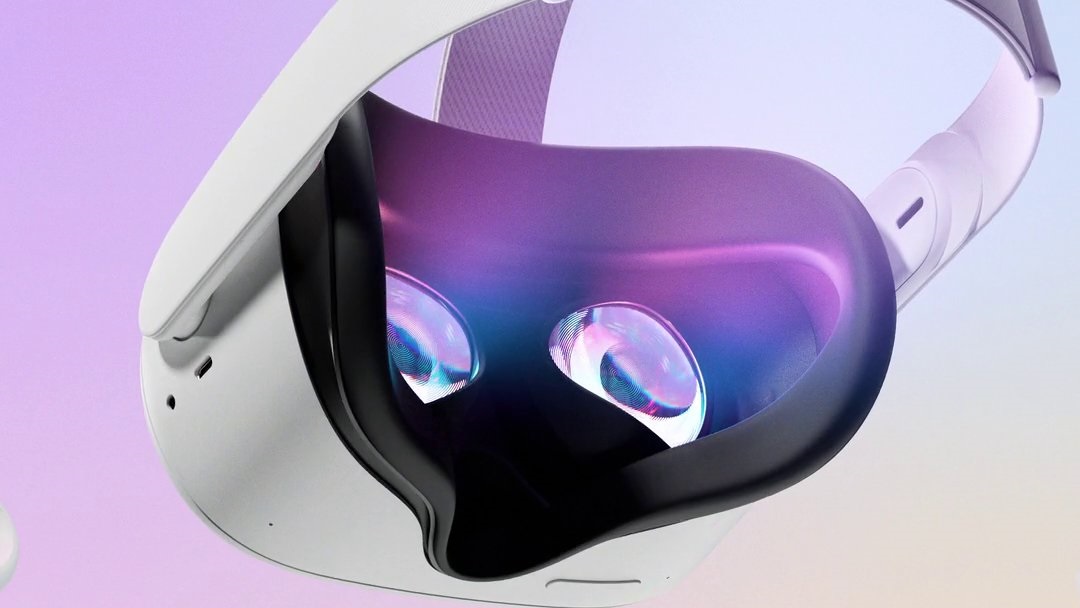
Project Cambria, on the other hand, allegedly doesn’t have fixed IPD adjustments via clicks. Users should be able to drag the lenses smoothly, allowing them to establish precise, personalized IPD settings. Woot!
Speaking of goggles, Project Cambria will have pancake-style lenses. Chang said this design “folds light several times over to achieve a slimmer profile than current lenses,” adding that it will improve the headset’s optics.
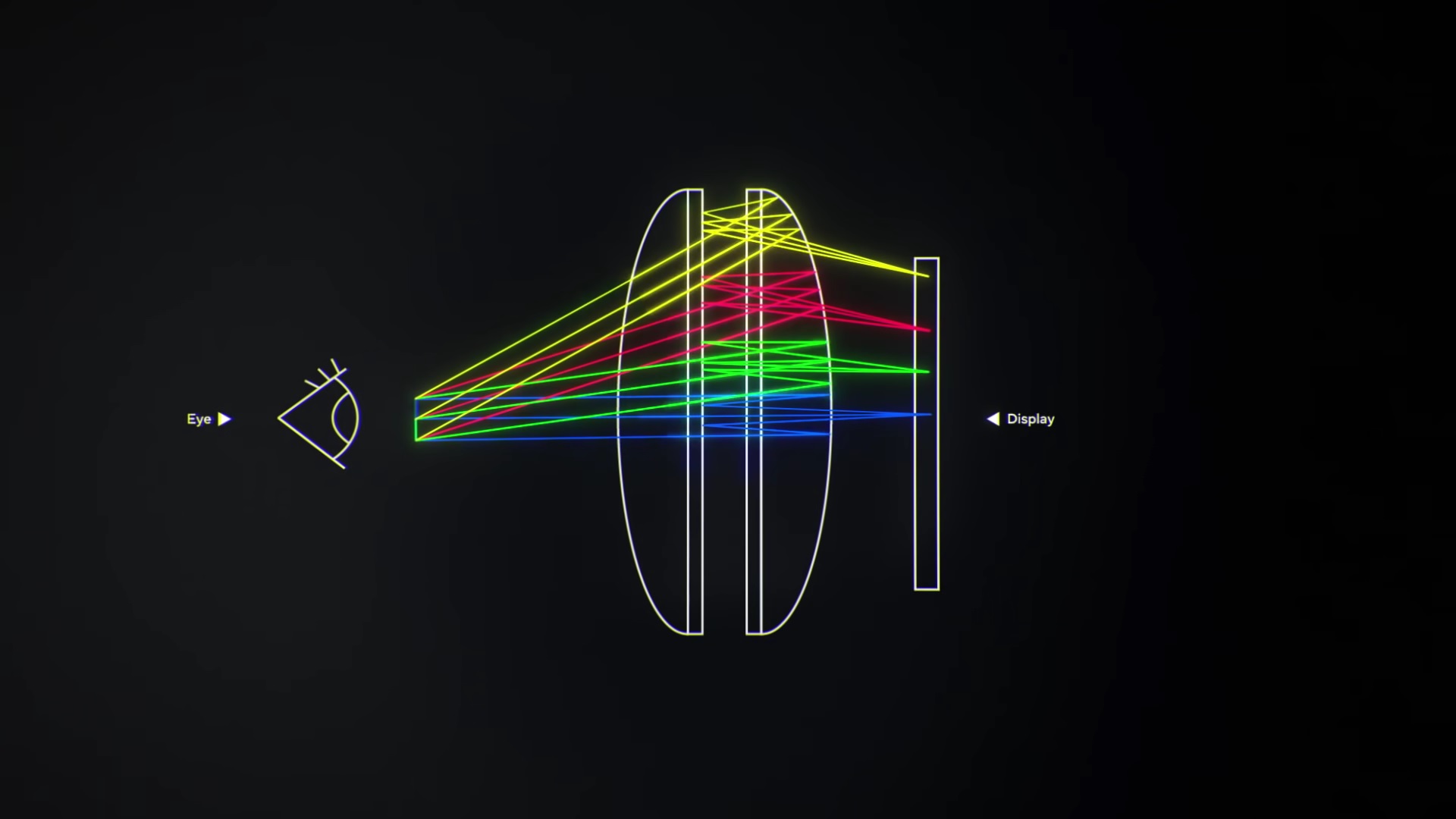
There are some downsides to Project Cambria’s overall design, though. Lynch says that the material that touches the forehead is faux leather, which may make users sweatier than usual. He also wonders whether this design will let in too much light, taking users out of VR immersion.
Proud of the research Michael Abrash’s team is working on at FRL-R Redmond—excited to get an early look at some of the technologies that will underpin the metaverse (we work on several prototype headsets to prove out concepts, this is one of them. Kind of. It’s a long story.) pic.twitter.com/Yi9xjy5HmGOctober 13, 2021
If you need more confirmation about Project Cambria’s design, take a look at this picture Meta CTO Andrew Bozworth posted on Twitter last October. He said that the headset he’s wearing is one of the prototypes Meta’s VR team conceptualized.
Project Cambria specs
Meta is gung-ho about establishing a widely adopted metaverse, a simulated world where folks can virtually hang out, socialize, shop, work and play together, but there’s one problem. Their current hardware offerings won’t allow them to be great.
VR pundits generally agree that the Quest 2’s Qualcomm Snapdragon XR2 CPU is decent for a standalone headset, but its main weakness is its GPU. According to UploadVR, the Quest 2’s graphical horsepower “still has a long way to go to match even 2016’s PC hardware, never mind 2020’s.”
Unfortunately, Project Cambria will reportedly have the same chipset as the Quest 2 — womp, womp, womp! However, you must understand that the Quest 2 chipset is underclocked. In other words, the Quest 2 doesn’t use the full scope of the chipset’s power due to thermal limitations. YouTuber Basti564 (known for discovering upcoming features in Quest’s firmware) said he spotted references to Project Cambria having two cooling fans (as opposed to the sole fan inside the Quest 2). Improved cooling could benefit the CPU and GPU’s clock speeds, and as a result, Project Cambria should offer better performance than the Quest 2.
According to Lynch, Project Cambria’s main selling points will be eye and face tracking. Basing his assertions on sources who have experimented with Project Cambria, Lynch says its facial-expression tracking is top-tier — one source said that the device could even pick up his flaring nostrils. The headset will have at least five infrared sensors to facilitate spot-on face tracking.

To my dismay, the sources said they could still see the “screen-door effect” with Project Cambria, a quirk that makes it look like netting is overlaying your VR surroundings. On the plus side, Project Cambria reportedly has better edge-to-edge clarity.
Project Cambria, according to Ming-Chi Kuo, will have two 2.48-inch, 2160 x 2160-pixel mini-LED screens, a step up from the Quest 2’s dual 1832 x 1920-pixel LCD panels.
Outlook
Project Cambria should be lighter, slimmer and more comfortable than Quest 2. It’s also more focused on AR experiences, allowing users to incorporate their real-world surroundings into VR applications. Face tracking is Project Cambria’s alleged best feature, so I expect this headset launch to come with a major social VR push from Meta. There are plenty of social VR apps, but none allow you to see others’ real-life facial microexpressions. I suspect this is the gap Meta will fill with improved software and hardware.
However, according to Lynch, “don’t expect Cambria to be something that different [from the Quest 2]. It’s different, but not that much.” I suppose this is why Project Cambria is allegedly called the Quest 2 Pro — not Quest 3.
Keep in mind, though, that Kuo, Lynch and other leakers mentioned may be wrong, so take everything with a grain of salt. As mentioned, the Quest 2 Pro may get announced at Meta’s next Connect event and it will likely be available for purchase the following day. However, only time will tell. As new, juicy Project Cambria leaks trickle in, we’ll be sure to keep this page updated.

